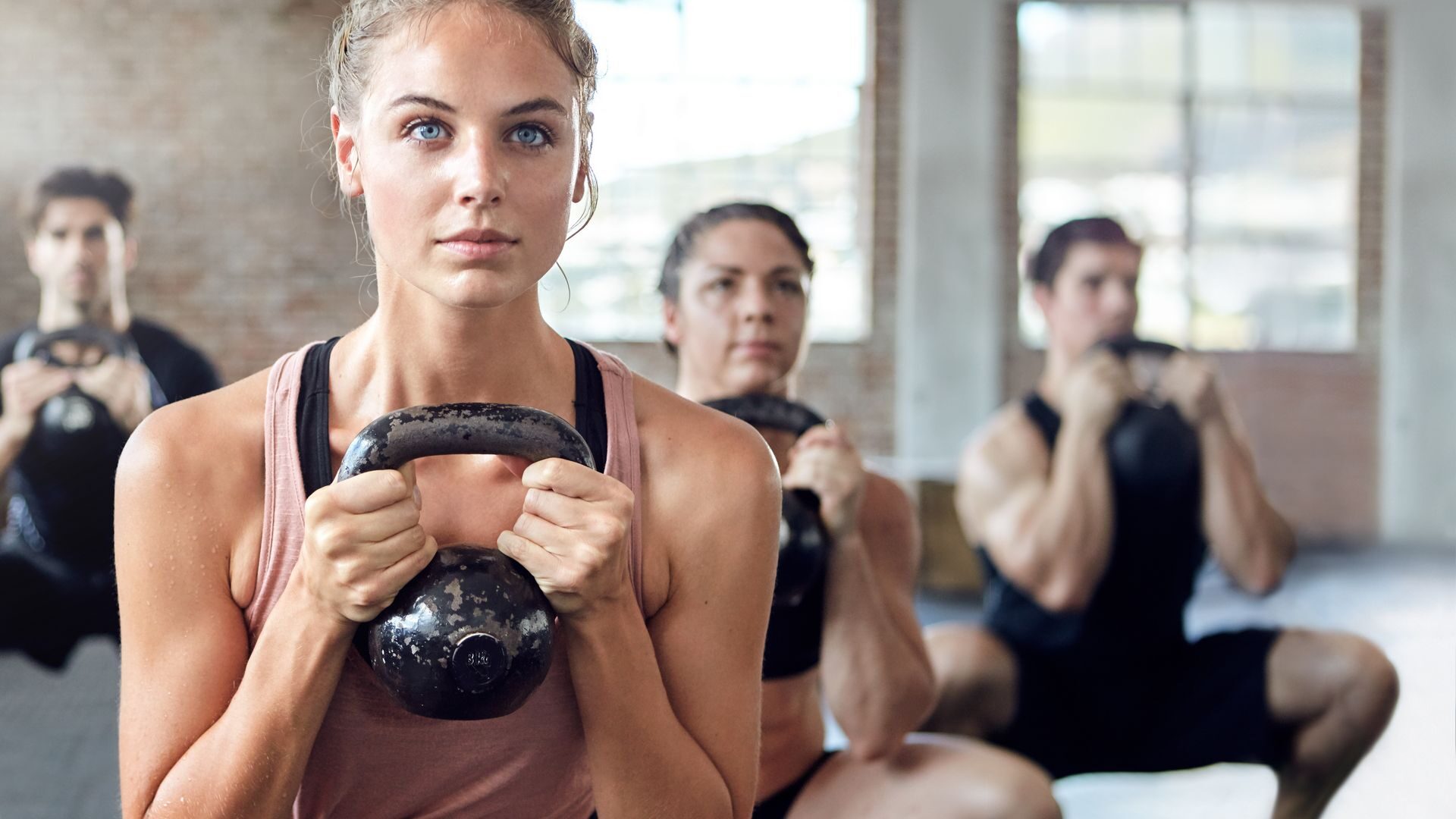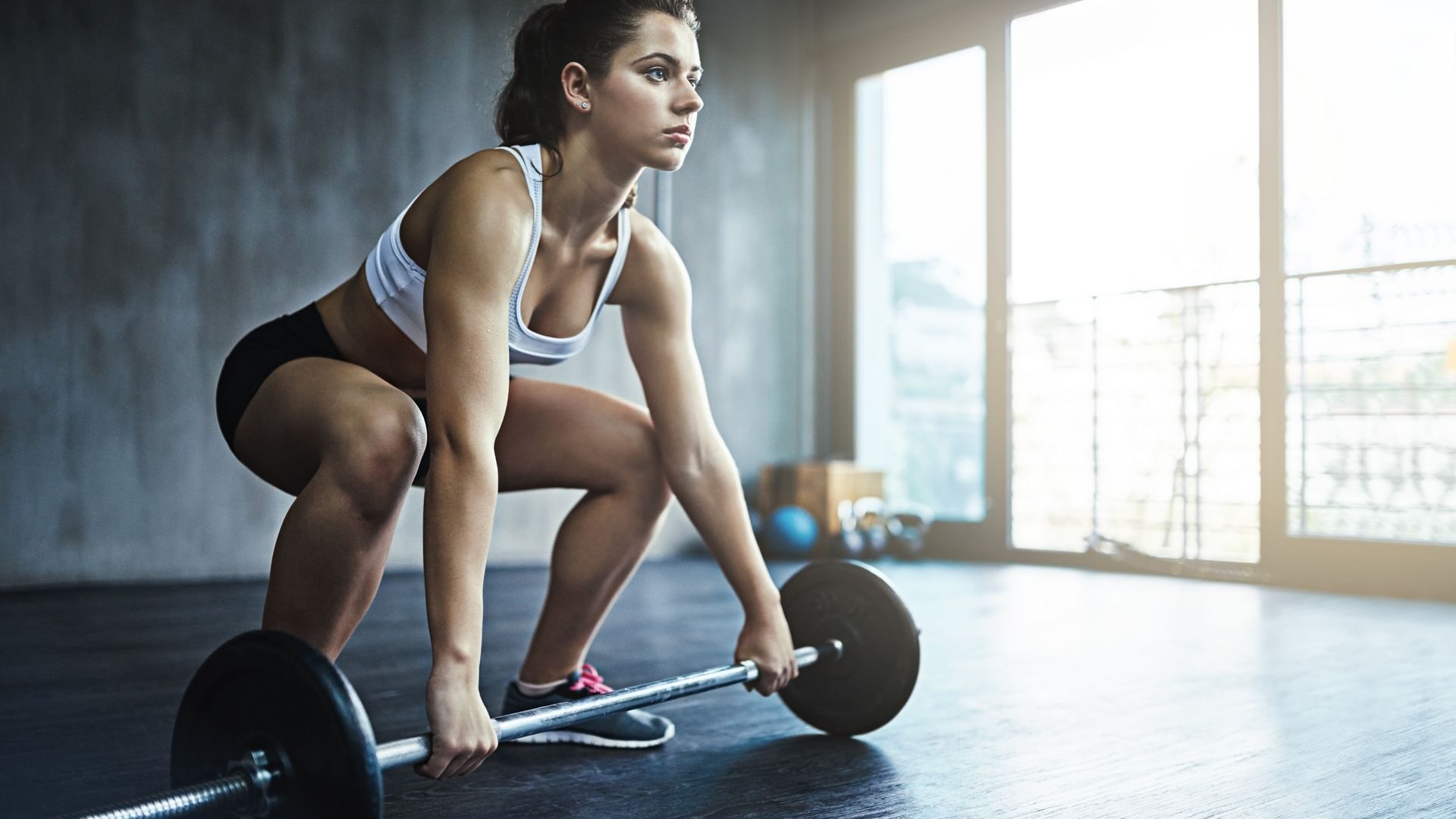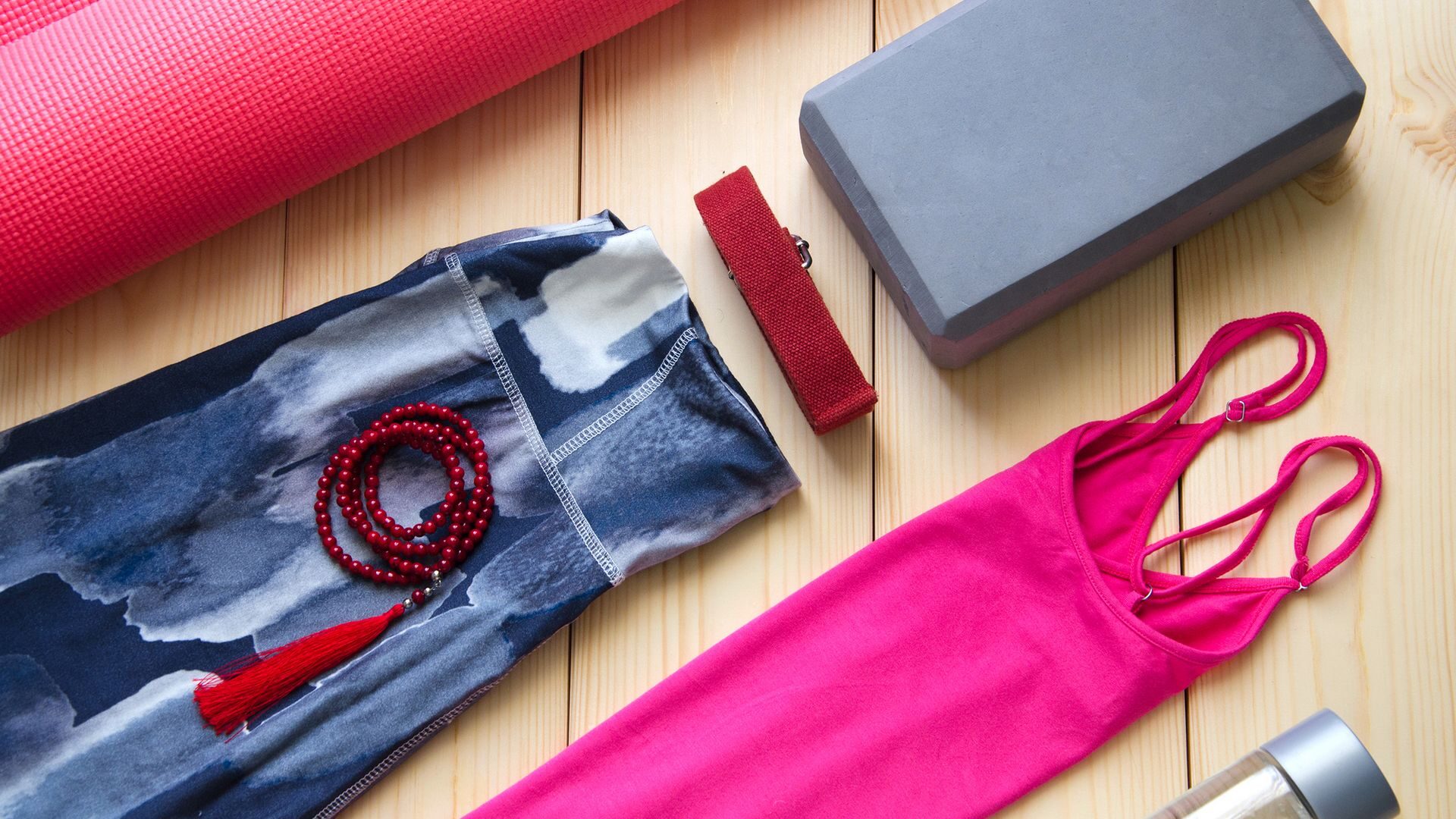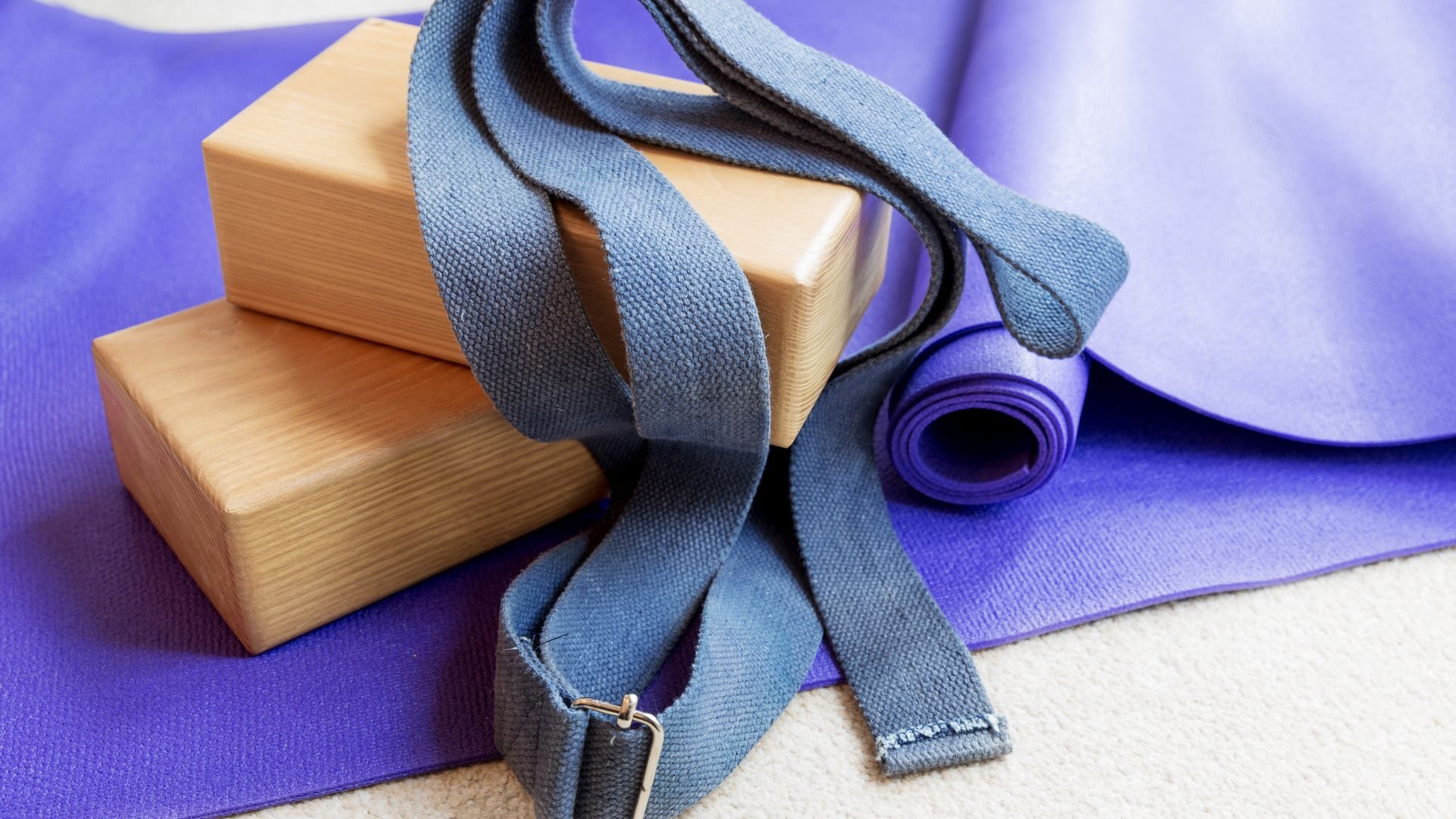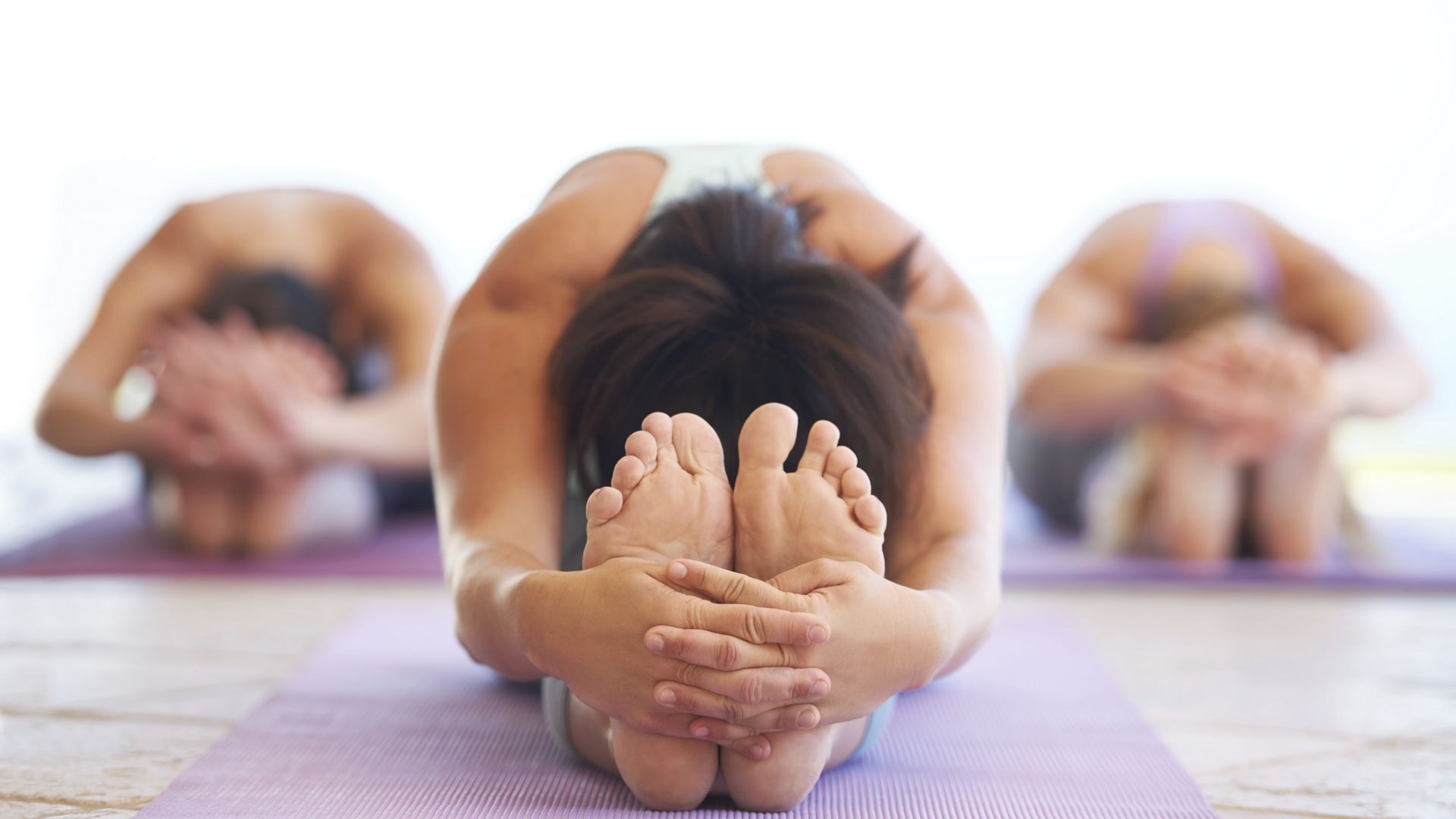by
In the hustle and bustle of our daily lives, finding moments of peace and self-care can be a challenge. One powerful way to begin your day with a sense of calm and positivity is by incorporating yoga into your morning routine. In this guide, we'll explore simple steps for beginners to embrace the transformative practice of morning yoga.

